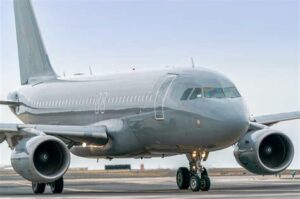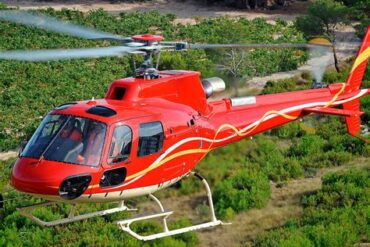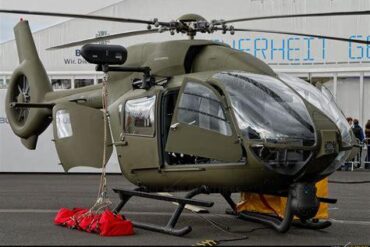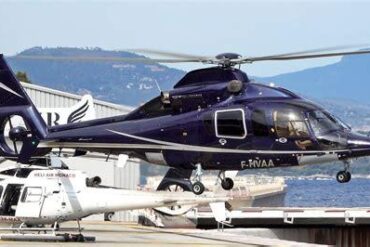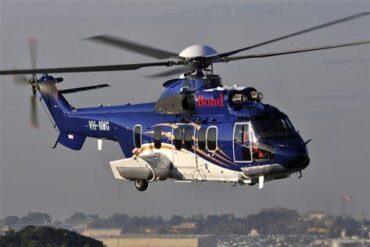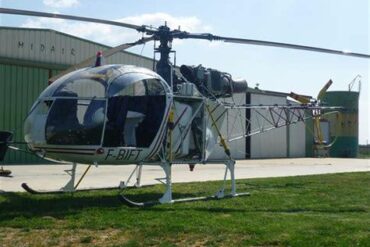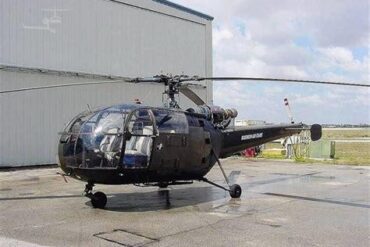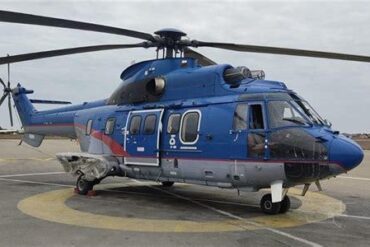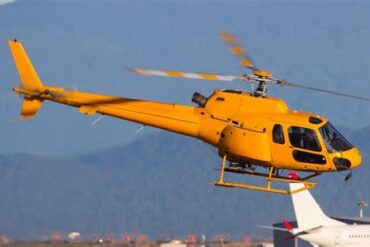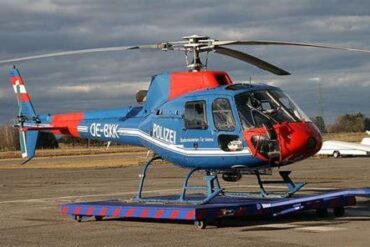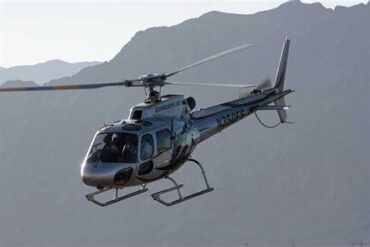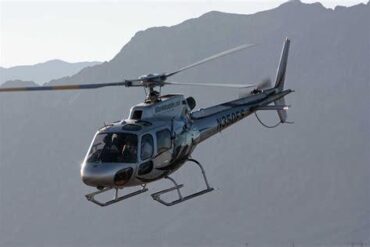The Airbus A319 stands as a significant player in the aviation industry, particularly in the realm of commercial aircraft. It is a narrow-body airliner that is part of the Airbus A320 family, known for its efficiency and versatility. In this comprehensive overview, we will delve into the price of the Airbus A319, its operating costs, and various factors that contribute to its overall economic performance.
1. Overview of the Airbus A319
The Airbus A319 is designed to cater to medium-range travel needs, accommodating approximately 140 to 160 passengers in a typical two-class configuration. This aircraft is renowned for its fuel efficiency, advanced avionics, and comfort, making it a preferred choice among airlines worldwide. The A319 can cover distances of up to 3,700 nautical miles, which makes it suitable for both short-haul and transcontinental routes.
1.1 Key Specifications
Before diving into pricing and operating costs, it’s essential to understand some key specifications of the Airbus A319:
-
Length: 33.84 meters (111 feet 10 inches)
-
Wingspan: 34.10 meters (111 feet 10 inches)
-
Maximum Takeoff Weight (MTOW): Approximately 75,500 kg (166,000 lbs)
-
Engines: Typically powered by CFM56-5 or IAE V2500 engines
These specifications contribute significantly to the aircraft’s operational capabilities and its appeal to airlines.
2. Airbus A319 Pricing
The price of the Airbus A319 can vary significantly based on several factors, including configurations, additional features, and market conditions. As of the latest data, the list price for a new Airbus A319 is approximately $101 million. However, it is crucial to note that actual transaction prices often fall below this figure due to negotiations and discounts offered by manufacturers.
2.1 Factors Affecting Pricing
Several factors influence the pricing of the Airbus A319:
-
Configuration Options: Airlines can customize the interior layout, seating arrangements, and amenities, which can affect the overall price.
-
Market Demand: The demand for new aircraft can lead to fluctuations in pricing; high demand may drive prices up, while lower demand can result in discounts.
-
Delivery Timeline: Airlines may negotiate prices based on their desired delivery schedules, impacting the final cost.
2.2 Used Aircraft Market
For airlines looking to acquire an Airbus A319 at a more economical price, the used aircraft market presents viable options. Depending on age, condition, and maintenance history, used A319s can range from $25 million to $60 million. This price range offers significant savings for airlines, especially those looking to expand their fleets without incurring the costs associated with new purchases.
3. Operating Costs of the Airbus A319
Operating costs are a critical consideration for airlines when evaluating the economic viability of an aircraft. The Airbus A319 has relatively low operating costs compared to similar aircraft in its category, making it an attractive option for carriers.
3.1 Breakdown of Operating Costs
The operating costs of the Airbus A319 can be broken down into several categories:
-
Fuel Costs: Fuel represents one of the most significant ongoing expenses for any airline. The A319’s fuel burn rate is approximately 2.7 liters per 100 passenger kilometers, making it efficient for medium-haul routes. With fluctuating fuel prices, airlines must calculate their fuel costs based on average consumption and current market rates.
-
Maintenance Costs: Regular maintenance is crucial for ensuring safety and operational efficiency. The average maintenance cost for the A319 is estimated at around $1,500 per flight hour. This includes routine checks, parts replacement, and unforeseen repairs.
-
Crew Costs: Personnel expenses, including pilot and cabin crew salaries, are another significant factor. Depending on the airline and its operational structure, crew costs can vary, but they typically account for about 25% of total operating costs.
-
Landing Fees and Airport Charges: Airlines incur landing fees and other airport-related charges, which can differ widely based on location and airport policies. These fees can range from $500 to $5,000 per landing, depending on the airport’s size and traffic.
3.2 Total Operating Costs
Considering all the factors mentioned above, the total operating cost of the Airbus A319 averages around $3,000 to $4,500 per flight hour. This figure can vary based on specific airline operations, routes, and management practices. Airlines must conduct thorough analyses to determine how these costs align with their revenue strategies.
4. Economic Advantages of the Airbus A319
The Airbus A319 offers several economic advantages that make it a favorable option for airlines:
-
Fuel Efficiency: Its advanced aerodynamics and engine technology contribute to reduced fuel consumption, directly impacting operating costs.
-
Flexibility in Operations: The A319 can serve a variety of routes, from short domestic flights to longer international trips, allowing airlines to optimize their route networks effectively.
-
Passenger Comfort: Designed with passenger comfort in mind, the A319 features a spacious cabin layout and modern amenities, enhancing the overall travel experience and potentially leading to higher load factors.
5. Comparison with Competitors
When assessing the Airbus A319, it is essential to consider its competitors, particularly the Boeing 737 series. Here’s a comparison of key aspects:
| Feature | Airbus A319 | Boeing 737-800 |
|---|---|---|
| Seating Capacity | 140-160 passengers | 162-189 passengers |
| Maximum Range | 3,700 nautical miles | 2,935 nautical miles |
| Fuel Burn Rate | 2.7 L/100 PKM | 3.0 L/100 PKM |
| Average List Price | $101 million | $106 million |
This table illustrates that while both aircraft have their strengths, the Airbus A319 often edges out on fuel efficiency and range, making it a solid choice for airlines focused on economic operations.
6. Future Outlook and Market Trends
The future of the Airbus A319 appears promising as airlines continue to prioritize fuel efficiency and passenger comfort. The increasing focus on sustainability in aviation may drive demand for newer, more efficient models. Moreover, the growing trend of low-cost carriers could further enhance the attractiveness of the A319, given its operational flexibility.
6.1 The Shift Towards Sustainability
As environmental regulations tighten and consumer preferences shift towards eco-friendly travel options, airlines are seeking aircraft that offer lower emissions and better fuel efficiency. The A319’s performance positions it well within this evolving landscape, allowing airlines to meet sustainability targets without compromising on performance.
6.2 Potential Market Expansion
Emerging markets in Asia, Africa, and Latin America present significant opportunities for the Airbus A319. As air travel demand continues to rise in these regions, the A319’s versatility makes it an ideal candidate for airlines looking to expand their fleets and cater to growing passenger numbers.
Conclusion
In summary, the Airbus A319 is a remarkable aircraft that combines efficiency, comfort, and economic viability. With a competitive price point and relatively low operating costs, it remains a preferred choice for many airlines worldwide. As the aviation industry evolves, the A319 is well-positioned to adapt to changing demands and continue serving as a reliable workhorse in the skies. Airlines considering fleet expansion would do well to analyze the potential benefits of incorporating the Airbus A319 into their operations.
